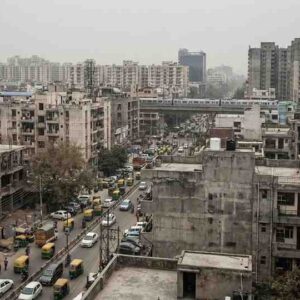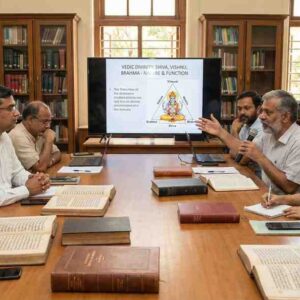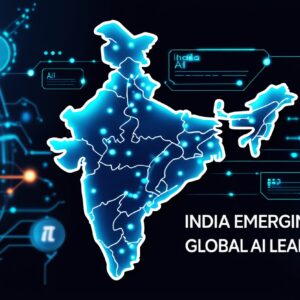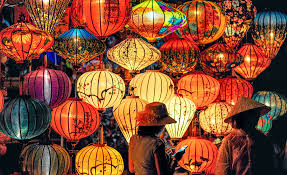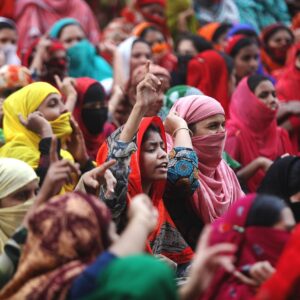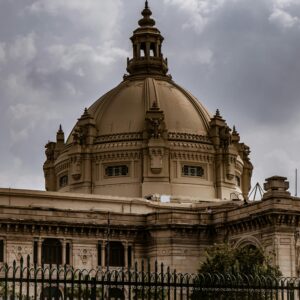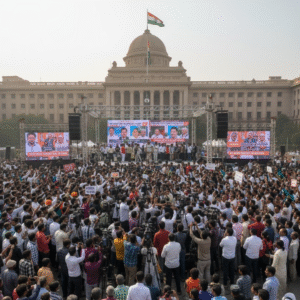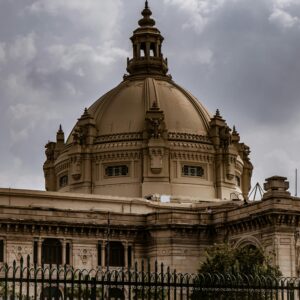A State at the Crossroads of Political Ideologies
Uttar Pradesh (UP), often referred to as the political heartland of India, has witnessed increasing polarization in its political and social landscape. This polarization, shaped by religious, caste, and regional identities, raises concerns about whether the state is moving toward inclusivity or division. With its 240 million residents and 80 Lok Sabha seats, UP’s political trends are pivotal to the nation’s trajectory. Are these divisions fostering a vibrant democracy or pushing the state toward a more fractured future?
Key Metrics
- Caste Composition: Scheduled Castes (SCs) make up 21.1% of the population, Other Backward Classes (OBCs) approximately 40%, and Scheduled Tribes (STs) 0.6%. (Census 2011)
- Religious Demographics: Hindus comprise 79.73%, and Muslims account for 19.26% of the state’s population. (Census 2011)
- Election Statistics: The 2022 Assembly elections witnessed a voter turnout of 59.51%, with significant polarization between the BJP-led coalition and the Samajwadi Party (SP)-centered alliance. (Election Commission of India)
Sources of Polarization in UP Politics
1. Religious Polarization
Religious identities have become a central factor in UP’s political campaigns, often overshadowing developmental issues.
- Communal Narratives: Political campaigns frequently invoke religious sentiments, leading to tensions between Hindu and Muslim communities.
- Policies and Perceptions: Programs like the anti-cow slaughter laws and the Citizenship Amendment Act (CAA) have drawn both support and criticism, intensifying divisions.
2. Caste-Based Alliances
Caste dynamics continue to dominate UP’s politics, with parties forming alliances to secure votes from specific groups.
- BJP’s Strategy: Consolidating upper-caste voters while making inroads into non-Yadav OBCs and non-Jatav Dalits.
- SP and BSP’s Approach: SP relies on the Yadav-Muslim coalition, while BSP emphasizes Dalit empowerment.
3. Regional Disparities
Developmental imbalances between eastern (Purvanchal) and western UP create regional divides, influencing political alignments.
- Western UP: Focus on agricultural issues, particularly during the farmers’ protests.
- Eastern UP: Emphasis on infrastructural development and religious tourism.
4. Role of Media and Social Media
The proliferation of politically charged narratives on television and social media platforms amplifies divisions. Fake news and polarizing content, particularly during election seasons, deepen existing fault lines.
Impacts of Polarization
1. Governance Challenges
Polarization often results in governance focused on appeasing specific groups rather than holistic development. Policies risk being viewed through a communal or caste lens, reducing public trust in their intentions.
2. Social Harmony
Communal and caste-based tensions undermine social cohesion, leading to distrust among communities and a fragmented society.
3. Economic Consequences
A polarized environment deters investments and disrupts economic activities, particularly in conflict-prone areas.
Steps to Address Polarization
1. Strengthen Inclusive Governance
- Develop policies that transcend caste and religious identities, focusing on universal welfare.
- Encourage transparency and accountability in the implementation of schemes.
2. Promote Civic Education
- Initiate campaigns to foster unity and emphasize shared values among communities.
- Educate citizens on critical thinking to counter misinformation and divisive narratives.
3. Regulate Media and Social Media
- Collaborate with platforms to curb hate speech and misinformation.
- Encourage balanced reporting that highlights developmental issues over divisive rhetoric.
4. Encourage Political Accountability
- Advocate for issue-based political campaigns that prioritize development, education, and employment over identity politics.
Conclusion
Uttar Pradesh’s political landscape is a microcosm of broader national trends, with its increasing polarization reflecting both opportunities and challenges. While divisions based on caste, religion, and region are deeply rooted, they need not define the state’s future. By prioritizing inclusivity, transparent governance, and equitable development, UP can navigate its complexities and foster a unified society.
Whether UP’s political trajectory leads to deeper divisions or a cohesive future will depend on the collective will of its leaders, citizens, and institutions to rise above polarizing forces and work toward common goals.

